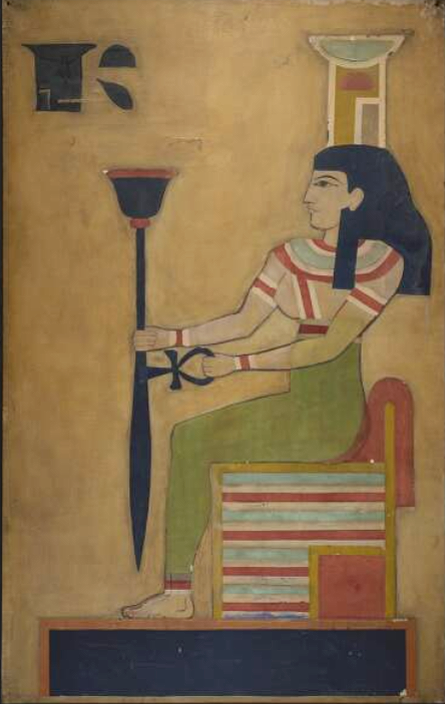A Book of Mad Celts
- Sally North
- Apr 30, 2023
- 3 min read
Sometimes into one's life comes a book of such rarity with a title so intriguing, with the promise of eccentric druid revivalists, celtic nationalists...basically early 20th century people in funny clothes, in Wales, in the rain (undoubtedly), burning with passion for all things celtic and druidical...the only adequate response from any sane person is "please, take all my money - and a kidney if you need to make up any shortfall."
Joking aside this is an amazing publication. It's subtitled "John Wickens and the Celtic Congress of Caernarfon 1904", and as you would expect it's a record of the Congress (written by Dr. Marion Löffler) using the extensive photographic archive of Mr. Wickens.
And what photographs they are!

It began with the opening ceremony at the Logan Stone in Caernarfon Castle - this is a series of five cubes intended to represent each Celtic nation. Irish and Highland Scots pipers led the procession, with various mayors and other important folk, along with the public gathering in the courtyard.. The Archdruid of the Gorsedd, Hwfa Mon, conducted the ceremony with great dignity.
"In the Bardic Circle, he was like a King amidst the crowds...One could have thought that he had been created for the purpose of being an Archdruid who was an adornment to this office"
There were delegates and dignitaries from Brittany, Scotland, Ireland, and Cornwall all in national costume, or, revival notions of what their original Celtic clothing would have looked like. The delegation from the Isle of Man favouring modern dress on this occasion.

I was particularly taken with one of the Scottish attendees, Mr. Theodore Napier, head of the Legitimist Jacobite League of Great Britain and Ireland. He published a Jacobite journal called The Fiery Cross and was very active in Scottish nationalist circles. His costume was a magnificent kilt and plaid and apparently drew crowds of admirers wherever he went.
The Irish delegation was a rather grand affair with over ninety people, including Lady Augusta Gregory, Standish O'Grady, Douglas Hyde and, naturally, William Butler Yeats. Baron Castleowen's troupe of Irish pipers led the processions, wearing what was described as "ancient Irish costume worn by the knights of King Laoghaire at Tara".

Irish Nationalist John Geoghan Baron Castletown of Upper Ossery's pipers.

Henry Jenner of Cornwall , his wife, and the Reverend Percival Treasure led the Cornish delegation, dressed here in their revivalist costumes.
There are numerous photographs of the Welsh delegation, including musicians and singers. This group photo shows several of them, the women in traditional Welsh dress; along with some members of the Breton group.

Back Row: Maggie Jones, 'Harpist of Arfon', Mrs. Gruffydd Richards 'Chief Harpist of Gwent', David Roberts 'The Blind Harpist of Mawddwy', Gwyneth Vaughan.
Front Row: Pedr James, Emile Hamonic, Lena and Theodore Botrel, and Professor Paul Barbier
I'm delighted to report that the final concert was the scene of some disruption when Mr. Lloyd George, the MP for the area, arrived by train, unexpectedly, to show his support and encouragement for the Congress. The crowd (several hundreds) loudly called for a speech, and he started to deliver a short address. A member of the audience then loudly protested against this change in the official program, whereupon a Welsh woman struck him in the face with her umbrella. At the end of the concert, just after the Welsh National Anthem had been played, the pianist started to play "God Save the King". There were loud murmers of protest and an excitable Irishman threw his chair over and stormed out, members of the Committee left the platform and the music was quickly changed to Auld Lang Syne.
This is a wonderful book, in dual language English and Welsh, with a wealth of interesting detail about the Conference itself and the wider world of Celtic Nationalism at that time, including the Eistedfodd and the Welsh language revival.
As I'm currently deep in researching Irish nationalism/revivalism of the same period for our forthcoming book A History of Irish Magic, it's both instructive and inspiring to see the sheer energy and tenacity of the Welsh people as they struggled to preserve their language and their identity, and for acting as such gracious hosts to their fellow Celts. Cymru am byth!
A Book of Mad Celts, Marion Löffler, 2002. Gomer Press, Wales.






Comments